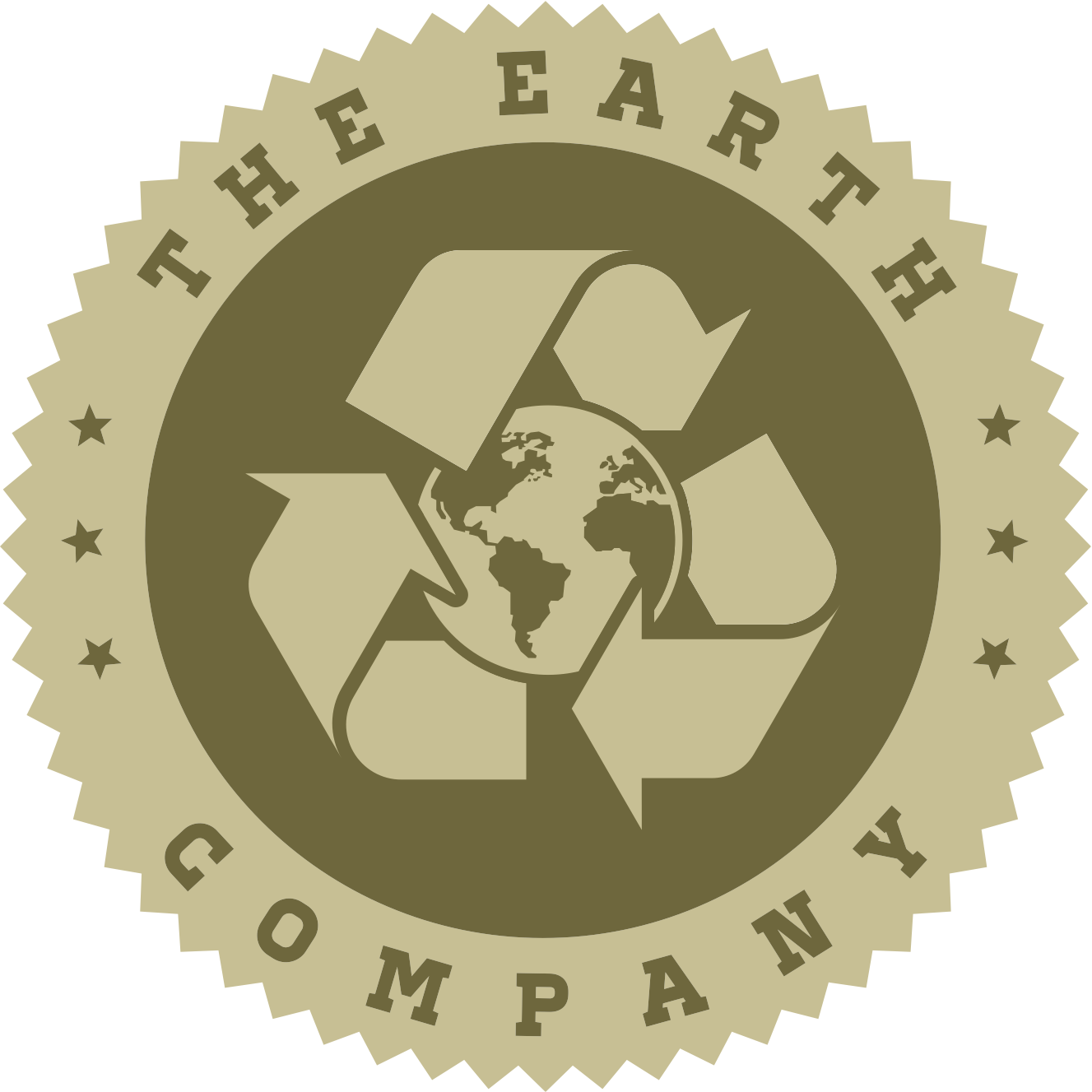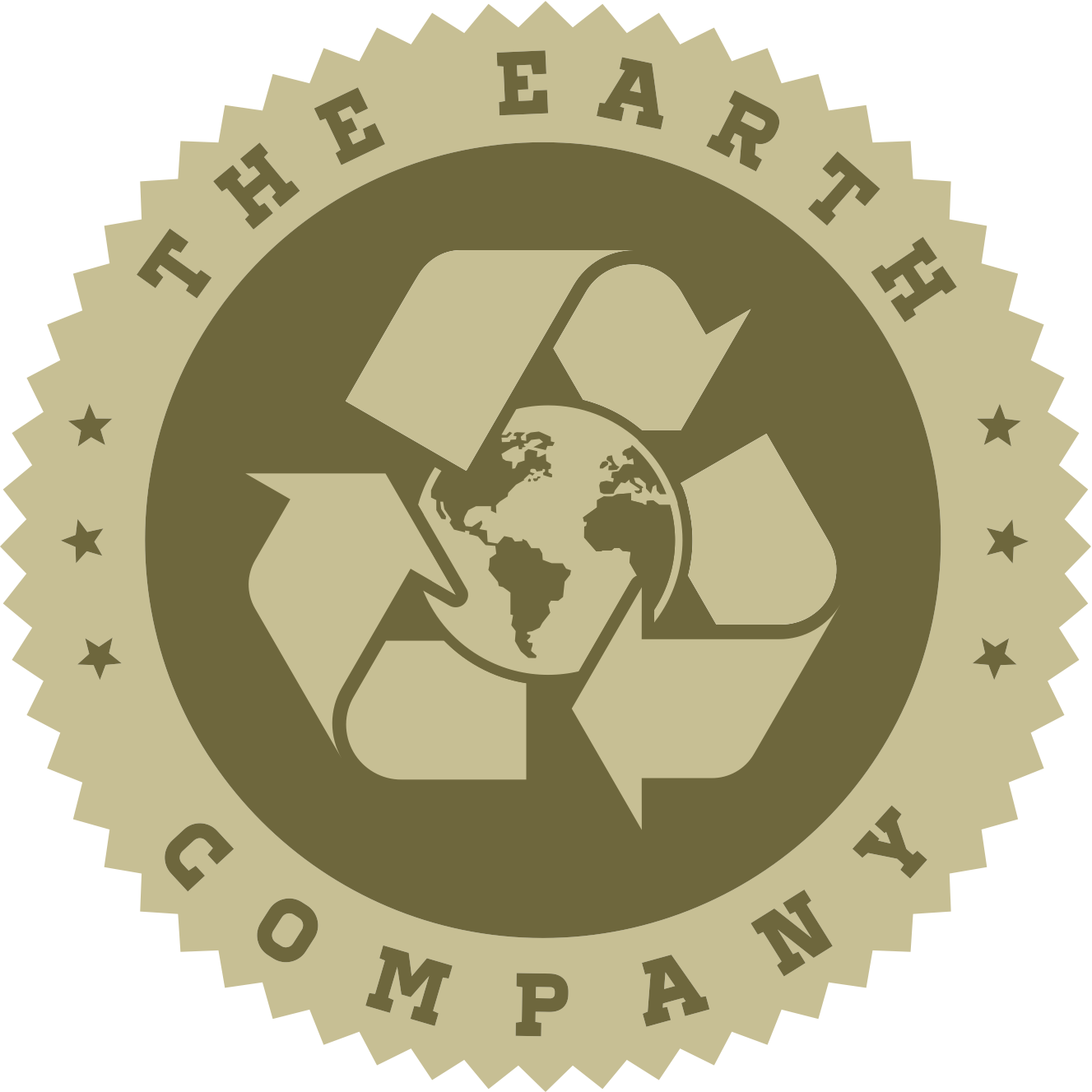When many people think about recycling, their minds immediately run to items like cans, bottles, and paper. Despite the great strides that we’ve all made in increasing our recycling efforts over the course of the last several decades, there are still millions of people who have yet to discover just how many different types of objects and materials can be recycled. For example, it’s common for us to encounter people who literally have no idea that they can recycle clothing.

Of course, they all know that used clothing can be reused! They’re pretty much all familiar with the concept of “hand-me-down” clothes within a family – where young children receive the clothes that their older siblings wore the year before. And most people are aware of operations such as Goodwill and the Salvation Army that accept used clothing, often re-selling them to low-income persons and using the proceeds for other charitable endeavors.
Where there is a lack of information, however, is in the area of actual recycling of textile products. That perhaps helps to explain why millions of tons of fleece, cotton, denim, linen, wool, and other fibers end up in landfills each year. The fact is, however, that much of this wasted material can actually be recycled and the fibers can live on in new forms – if you recycle them properly. Of course, even knowing that simple truth doesn’t answer every question you might have. For example, why bother to recycle clothing at all? Here’s why:
-
Wasted fibers result in new production requirements to meet demand. That means more factories working to produce those new fibers – and those factories can create new pollution.
-
Overflowing landfills remain a concern in many parts of the world. Every step forward in our recycling effort is one less piece of nature that has to be despoiled with our discarded trash.
-
Reusing fibers such as cotton can be a critical step toward protecting our environment. Cotton growth requires pesticides, and those pesticides can end up in our streams and rivers. That harms the land, pollutes out water, and negatively impact wildlife species like bees and birds.
-
Many of the dyes used during manufacturing contain harmful toxins.
-
Manufacturing requires energy. Saving our planet requires more than just reusing materials; it also requires smart conservation. When we recycle, we can reduce energy usage and help to safeguard our planet’s resources for future generations.
-
It’s fun and it helps others. Face it: you know how great that feeling is when you do something helpful for others. Well, a good portion of your usable clothing items ends up in the hands of those less fortunate than yourselves – some of whom live in many of the most impoverished areas on the planet.

The fact is that recycling clothing and other textile products makes sense for a variety of reasons! And here at the Earth Company, we’re extremely excited to have you join us in our efforts to build a more sustainable life today to better preserve all of our tomorrows.



 Part of that has to do with the expense associated with establishing infrastructure at the city level. Most municipalities lack the resources to adequately fund those types of projects on their own, and there are few localities containing companies that can do it for them. So consumers are left without access to the type of infrastructure they need to truly make the contribution needed to further advance recycling progress.
Part of that has to do with the expense associated with establishing infrastructure at the city level. Most municipalities lack the resources to adequately fund those types of projects on their own, and there are few localities containing companies that can do it for them. So consumers are left without access to the type of infrastructure they need to truly make the contribution needed to further advance recycling progress. We’ve come a long way in our recycling efforts in just a few short decades. Today, millions of people regularly focus on separating their trash items so that we can limit the amount of garbage that gets added to our landfills each year.Despite all those advances, however, much work remains to be done if we are to achieve true sustainability. Ultimately, we won’t even begin to approach that goal until we manage to achieve a truly closed loop with our recycling strategies.
We’ve come a long way in our recycling efforts in just a few short decades. Today, millions of people regularly focus on separating their trash items so that we can limit the amount of garbage that gets added to our landfills each year.Despite all those advances, however, much work remains to be done if we are to achieve true sustainability. Ultimately, we won’t even begin to approach that goal until we manage to achieve a truly closed loop with our recycling strategies.